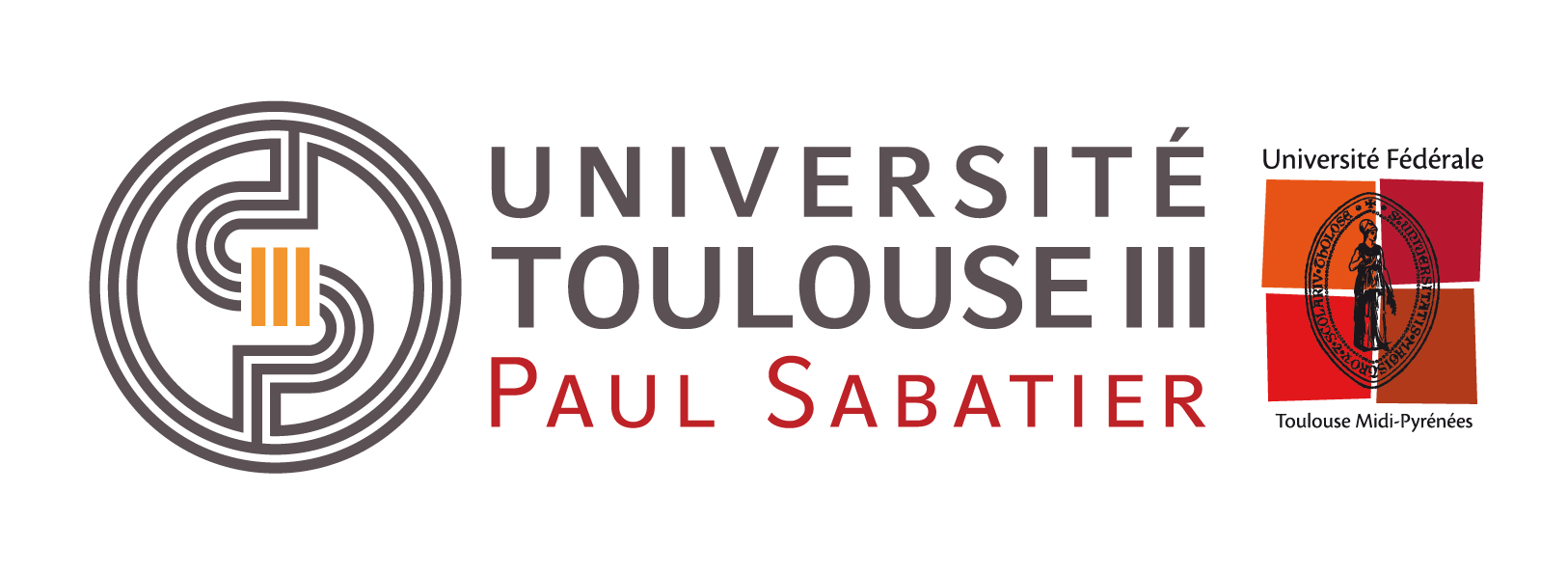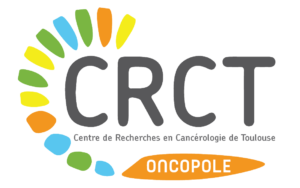Surface-guided radiotherapy overview: Technical aspects and clinical applications.
Breast,
IGRT,
Pelvis,
Surface-guided radiotherapy,
Image-guided radiotherapy,
SGRT.
In radiotherapy, patient positioning has long been verified by ionising imaging (low [kV] or high [MV] energy). Over the last ten years or so, surface-guided radiotherapy has been introduced in radiotherapy departments. This involves continuous three-dimensional acquisition of the patient’s surface, based on the use of several optical cameras. The acquired surface is compared with an expected surface (generally taken from the planning scan). Operators can constantly assess any malpositioning, anatomical deformation or shifting of the patient. In this way, the system helps to position the patient, possibly without tattooing, as well as monitoring the patient throughout the session. The system’s most obvious contribution concerns breast treatment. In fact, for this location, bone alignment is not ideal and the target is visible in surface-guided radiotherapy (these systems also make it possible to treat with deep inspiration blocked). However, several other sites can benefit from this type of treatment (pelvis, limbs, thorax, etc.).
Discover the published article
Cancer Radiother. 2023 Aug 7;S1278-3218(23)00145-2. doi: 10.1016/j.canrad.2023.07.003. Online ahead of print.
Surface-guided radiotherapy overview: Technical aspects and clinical applications
J Darréon, C Massabeau, C Geffroy, P Maroun, L Simon

Centre de Recherches contre le Cancer de Toulouse (Oncopole)
Toulouse - FR
Nous contacter
+33 5 82 74 15 75
Nous rejoindre ?




